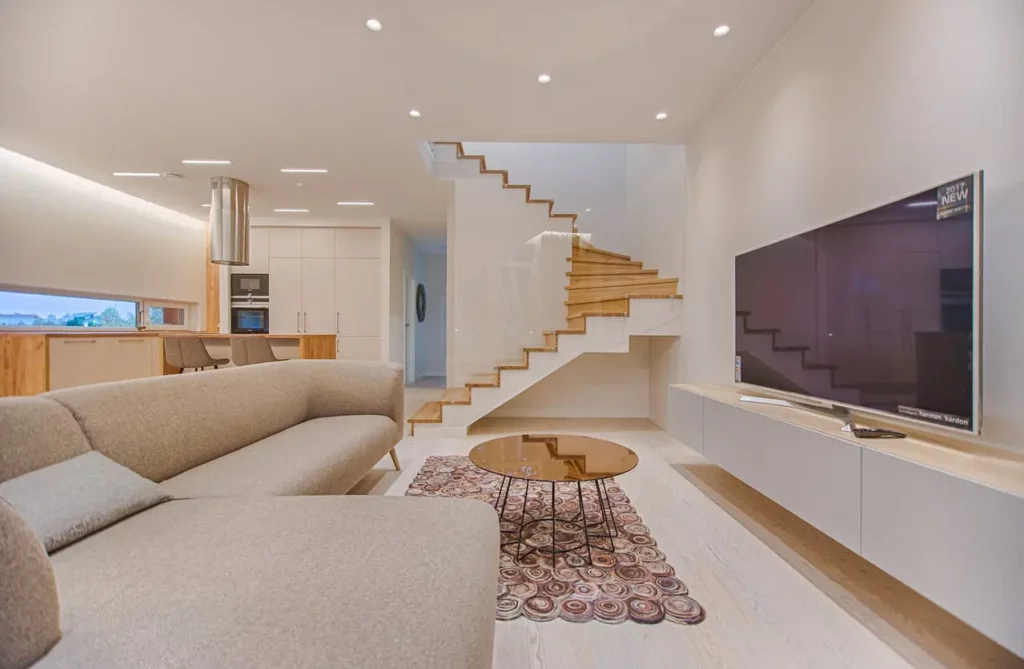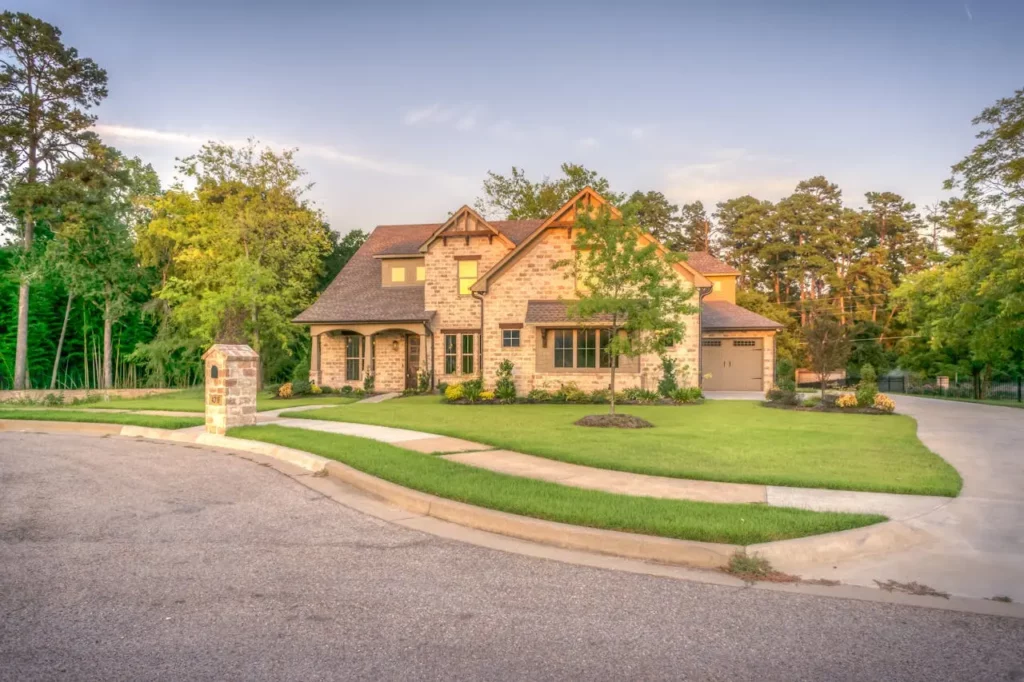Real estate pricing strategy is the single most important step of listing a home for sale. So why do so many Realtors get it wrong? And how to do it right?
We’ll admit, every agent has been there at some point: You list a home, the photos are gorgeous, the marketing is flawless—and then it sits. One of the biggest reasons? Pricing.
Even in a hot market, the wrong asking price can kill a listing’s momentum and leave you managing frustrated sellers and slow traffic.
The truth is, too many real estate agents (and sellers too) misunderstand what makes a price right. Here’s how to shift your pricing strategy and avoid the most common mistake agents make.
Pricing a real estate listing isn’t just about square footage and comps. It’s about positioning. Buyers don’t fall in love with a number—they fall in love with value. And the goal of pricing is to spark urgency, not to reflect sentiment.
Here’s what buyers are thinking:
Pro tip: Price slightly under the competition to generate buzz and possibly spark a bidding war. Overpricing for “negotiation room” often backfires by making the listing stale before you can adjust.
💡 Price to attract, not to defend.

It’s tough to tell someone their home isn’t worth what they feel it is. Many real estate agents avoid hard conversations and agree to unrealistic home prices, “just to get the listing.” But this almost always leads to multiple price reductions—and seller frustration.
How to fix it:
Sample Script:
“My goal is to get you top dollar—and to do that, we need buyer attention in the first 7 days. Here’s what the data shows about similar homes that got immediate offers.”
💡 The best listings are a partnership. Clear expectations lead to better results.

Competitively pricing your listing doesn’t mean undercutting the market—it means understanding how buyers think and how modern digital listing platforms work. Price bands, search filters, and even the pricing psychology of “$999K vs. $1M” all matter.
Quick strategy tips:
💡 Want to impress a seller? Show them how pricing, positioning, and timing work together to maximize results.

Struggling with real estate pricing strategy? Forget the gimmicks. Forget hoping the perfect buyer will just happen to see your overpriced listing. The right price does the heavy lifting—it drives clicks, showings, and offers.
By understanding the psychology of pricing a listing and helping sellers align expectations with strategy, you’ll sell faster, smoother, and for more money. It’s not just about comps—it’s about competition, perception, and timing.
Want to build smarter systems that help you price, market, and sell listings like a pro? Ollin Reach helps Realtors to automate their marketing while staying strategic and client-focused.
Pricing a luxury home isn’t like pricing a typical property. For one, unique features, premium locations, and fluctuating buyer demand make the process more complex. When agents get luxury pricing wrong, it can either turn away potential buyers or leave money on the table. But there are ways to get it right. In this post, we’ll dive into the nuances of pricing high-end properties, highlight common mistakes, and offer tips on how to get the most accurate valuation every time.
Luxury properties are in a league of their own, and pricing them accurately requires a deeper understanding of both the market and the home’s unique qualities. Unlike standard properties, luxury homes don’t have as many comparable properties (or “comps”), which means real estate agents often have to dig deeper. What’s the square footage? Are there premium materials used in construction? Does the property boast amenities like a private dock, vineyard, or designer interiors? All these factors impact how a property should be priced.

Pricing mistakes in luxury real estate can be costly. One common pitfall is overpricing based on the property’s prestige alone, rather than relying on market data. While luxurious features are valuable, it’s crucial to see what the market can realistically support. Another misstep is ignoring current trends in high-end buyers’ preferences. If potential buyers in your area now prefer sleek modern styles over traditional designs, your pricing should reflect that market shift. And finally, some agents rely too heavily on standard comps, which don’t fully capture the value of unique luxury homes.

Appraisers can be one of your best resources when pricing luxury homes, especially those familiar with high-end properties. Real estate agents should work closely with appraisers to ensure an accurate valuation, accounting for both recent sales data and unique property features. Additionally, current market trends should factor into your pricing strategy. For example, high-end buyers in certain areas might prioritize eco-friendly designs, proximity to cultural amenities, or ocean views—considering these preferences can give you an edge in setting the right price.

Pricing luxury homes doesn’t have to be a guessing game. By avoiding common mistakes, leveraging appraiser insights, and using up-to-date market data, you can price high-end homes to reflect both their value and current buyer demand. The next time you list a luxury property, keep these strategies in mind to set a price that attracts buyers and maximizes your client’s profit. Need a partner to help simplify the process? Ollin Reach can support you with data insights and expert advice so you can approach each listing with confidence.
Let’s discuss how we can help you win more luxury real estate clients and close more deals. Contact us today.
